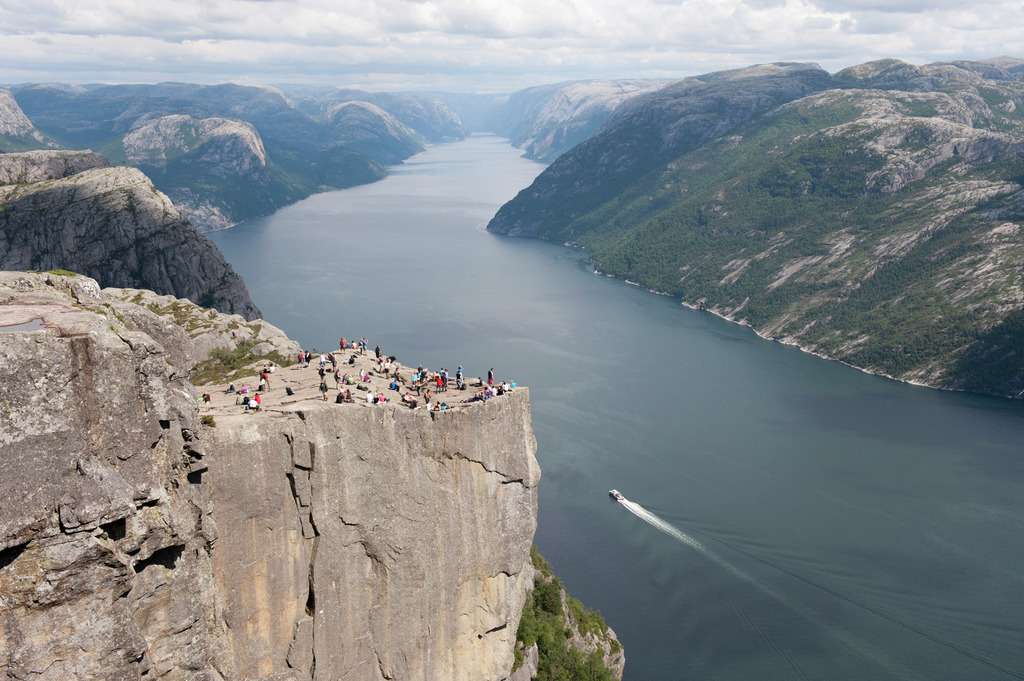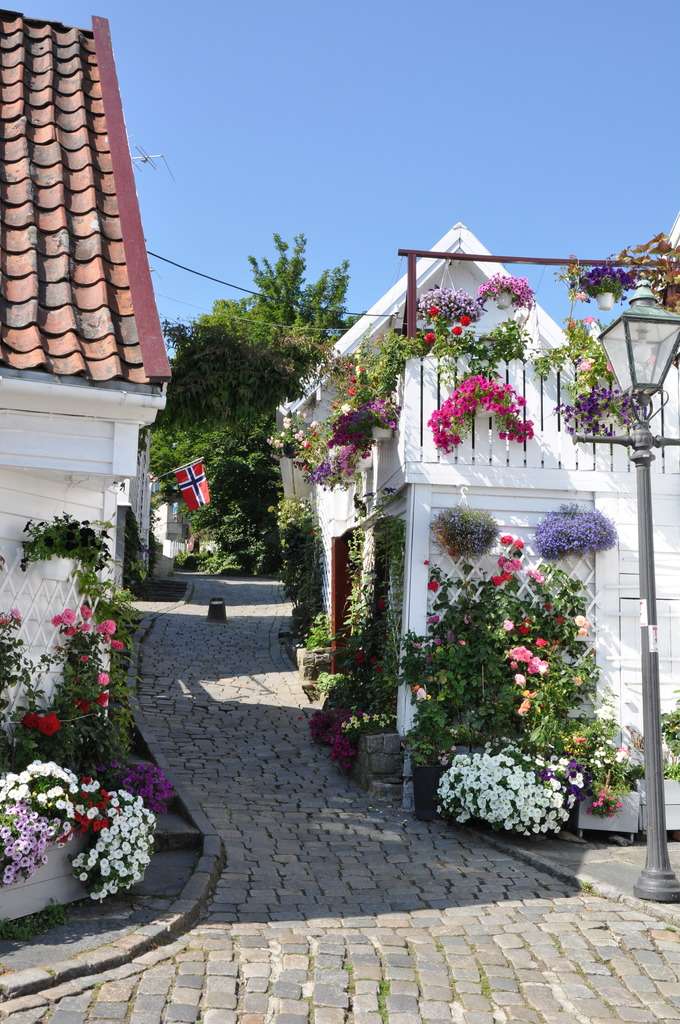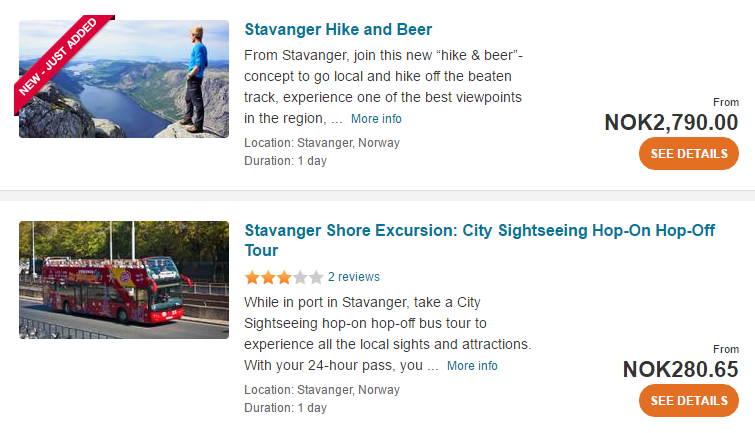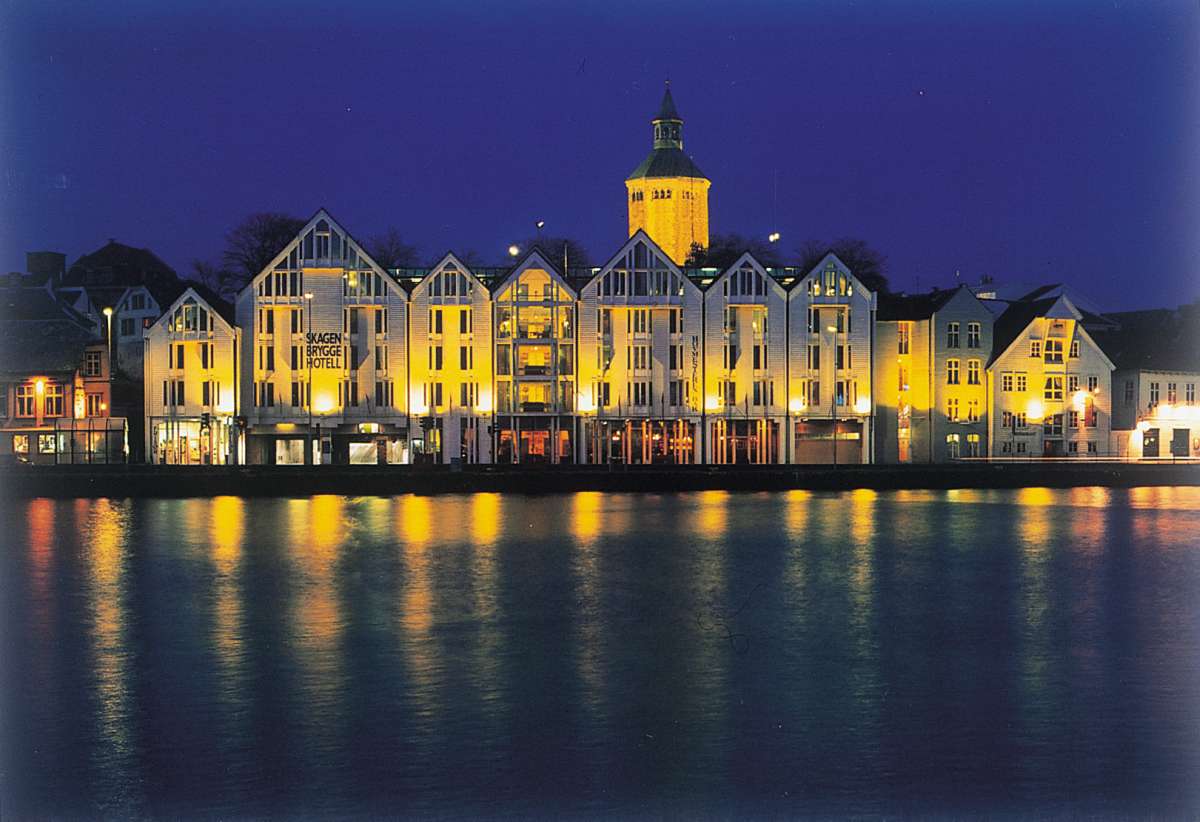There’s no escaping nature in Stavanger. Norway’s south-western port city is surrounded by a concoction of fjords, mountains and miles of sandy coastlines that demand to be explored. Famed for its Viking history and quaint wooden buildings, juxtaposed with modern urbanity brought about by its oil industry, Stavanger is fast becoming something of a mecca for adventure travel enthusiasts keen to experience nature at its most raw.
Must hike

Preikestolen (Pulpit Rock) (c) Terje Rakke/Nordic life 2011
Preikestolen (also known as Pulpit Rock) is a stunning four-hour round hike that weaves 8km through forests, marshlands and open mountain terrain. Take a 40-minute ferry ride from Stavanger to Tau and then a 25-minute bus ride to the start of the free trail. Recently reinforced by Nepalese Sherpas, the sturdy path is suitable for almost all abilities but is difficult to navigate at night so ensure you give yourself plenty of time to descend in daylight.
Tip: take a packed lunch to eat at the top on the plateau, which juts out 604 metres above Lysefjord and offers staggering views of the surrounding area.
Must stroll

Old Stavanger (Gamle Stavanger) (c) Gunhild Vevik /regionstavanger.com
Gamle Stavanger is the old part of town, located close to the port. Its narrow, cobbled streets are home to a cluster of 173 closely built, white wooden houses that date back to the 1700s and are thought to be the largest surviving wooden house settlement in northern Europe. The immaculately kept buildings, with their well-groomed flowerboxes, offer a glimpse of what life was like in the 18th century.
Must go to a museum
Perhaps one of the more bizarre places to check out, the Norwegian Canning Museum documents Stavanger’s canning industry history and gives an insight into a town dependent on the production of canned fish. Complete with antique machinery from the late 1800s, a black-and-white film and smoky ovens, the museum shows you what life was like in Stavanger, before oil dominated. And the Norwegian Petroleum Museum fills in the rest: its interactive exhibits describe how oil and gas are created, details their discovery in the North Sea and shows you what life is like on a drilling rig.
Must eat
With smoked mackerel on offer for breakfast, salmon for lunch and mussels for dinner, fish can, and should, be consumed at every meal. There is a vibrant gastronomic scene, largely sourced from the North Sea, with a several great restaurants along the waterfront and on the coast.
Straen Fiskerestaurant serves up first class seafood and harbour views, while Bevaremegvel Restaurant offers tasty Brasserie-style dining a couple of streets back from the water in a cosy, historic house.
Must stay
Scandic Stavanger City is a modern hotel, conveniently located in front of the ferry that takes you to Preikestolen and walking distance from the harbour.
Alternatively, the 100-year old Sola Strand Hotel just outside the city is situated on the pristine western coastline. Once occupied by German soldiers during World War II, it has a spa and restaurant with stunning views of the ocean from Sola beach.
Recommeded tours

Source : https://www.thetravelmagazine.net/48-hours-stavanger-norway/



